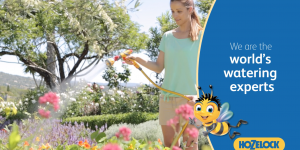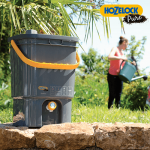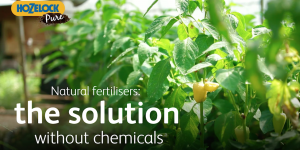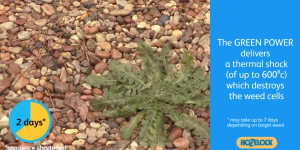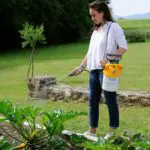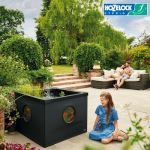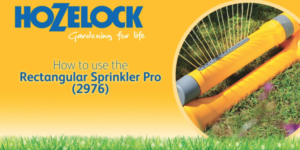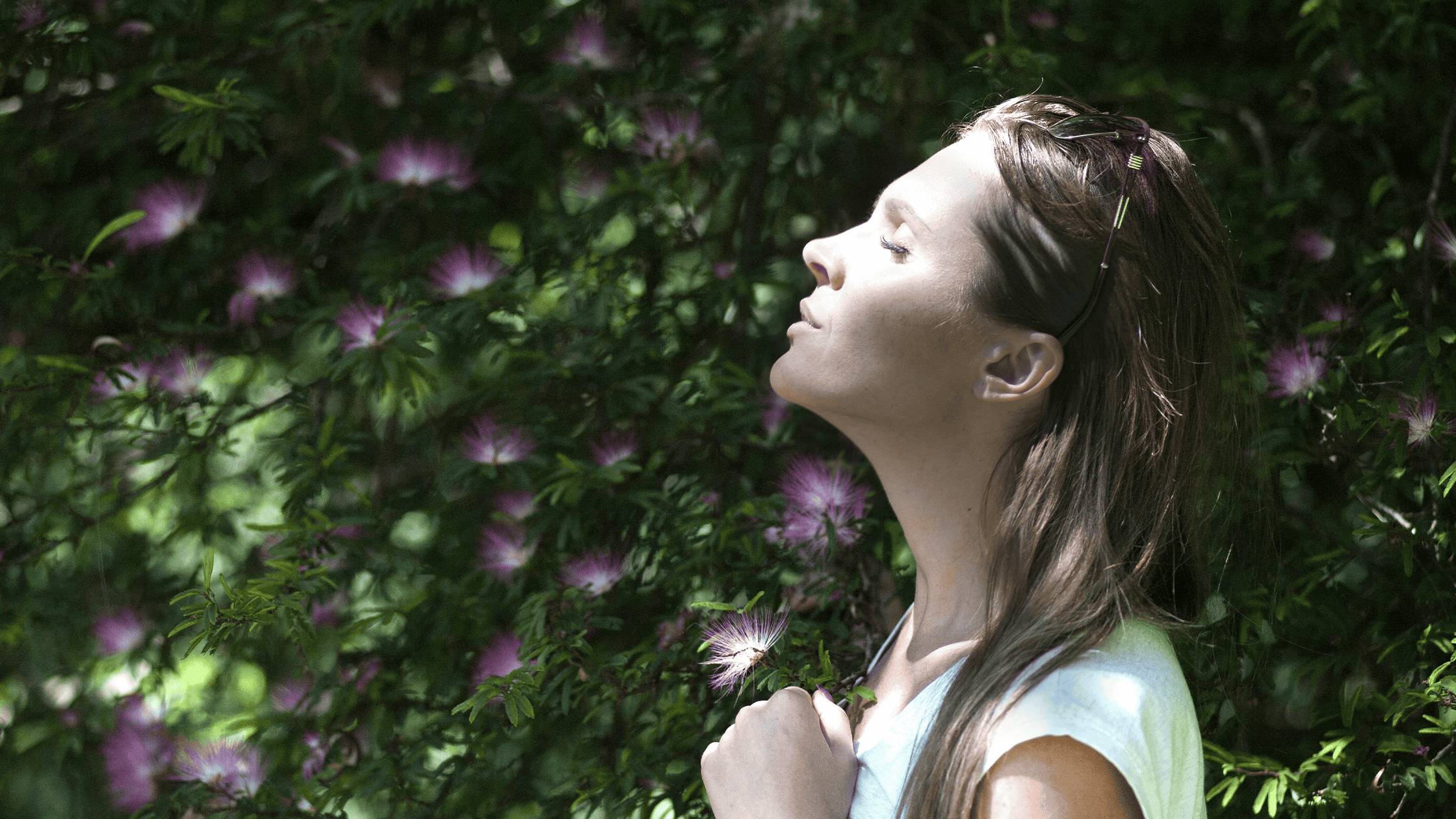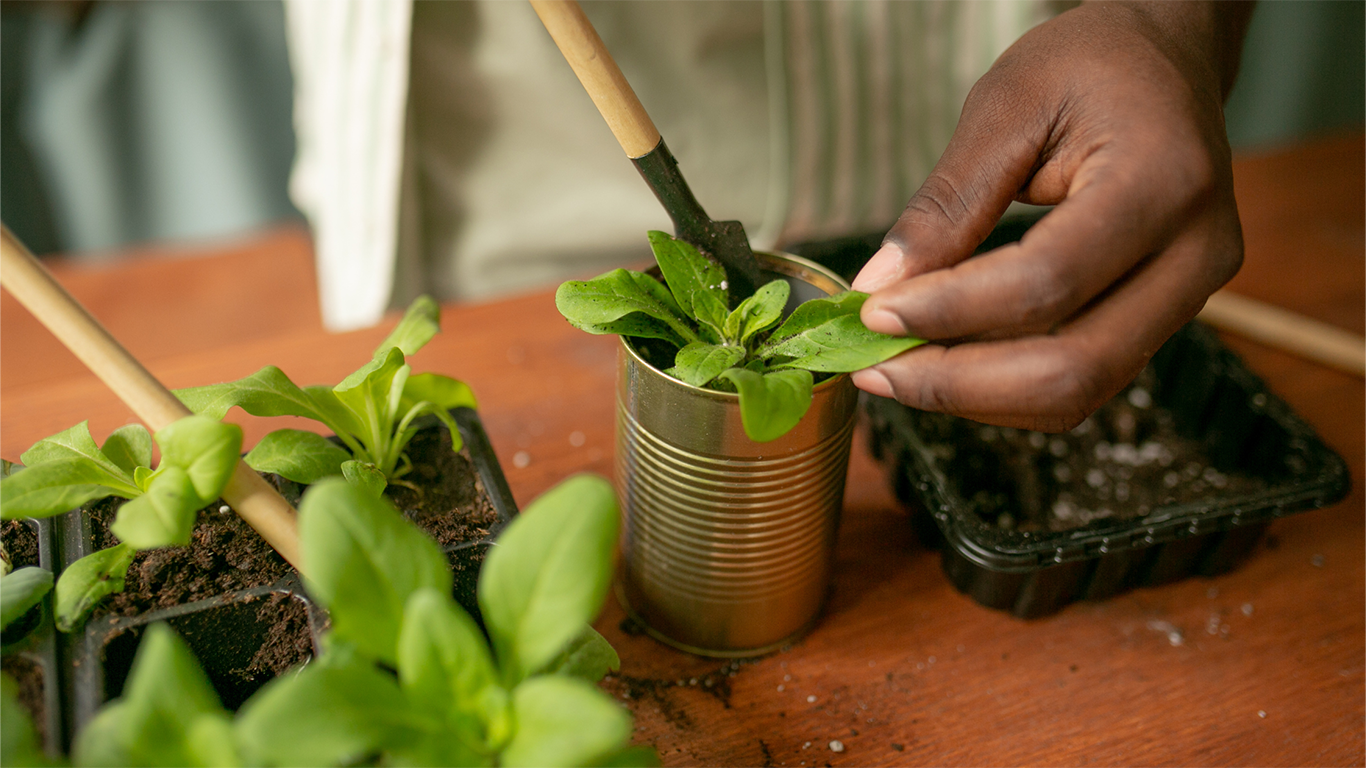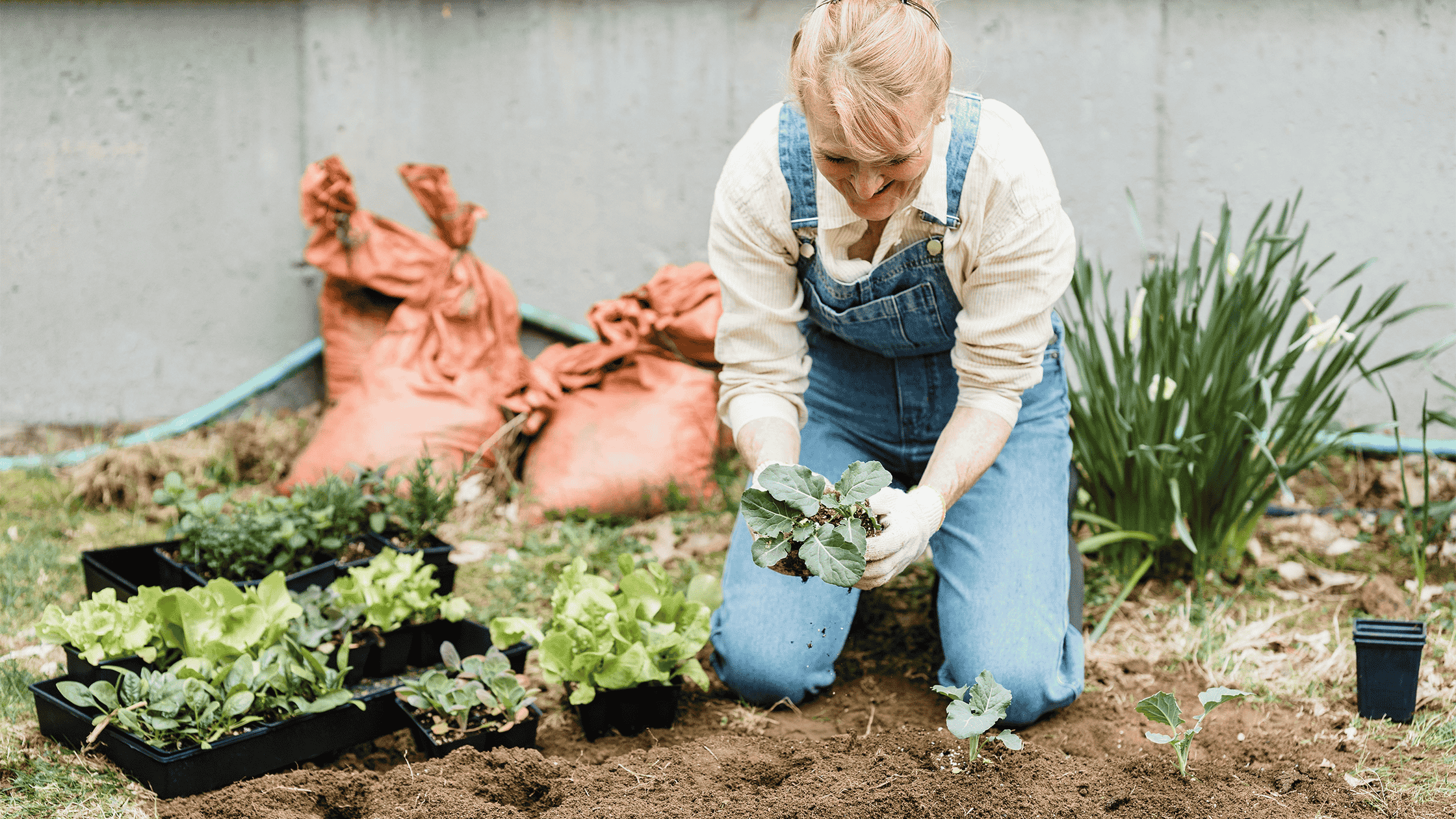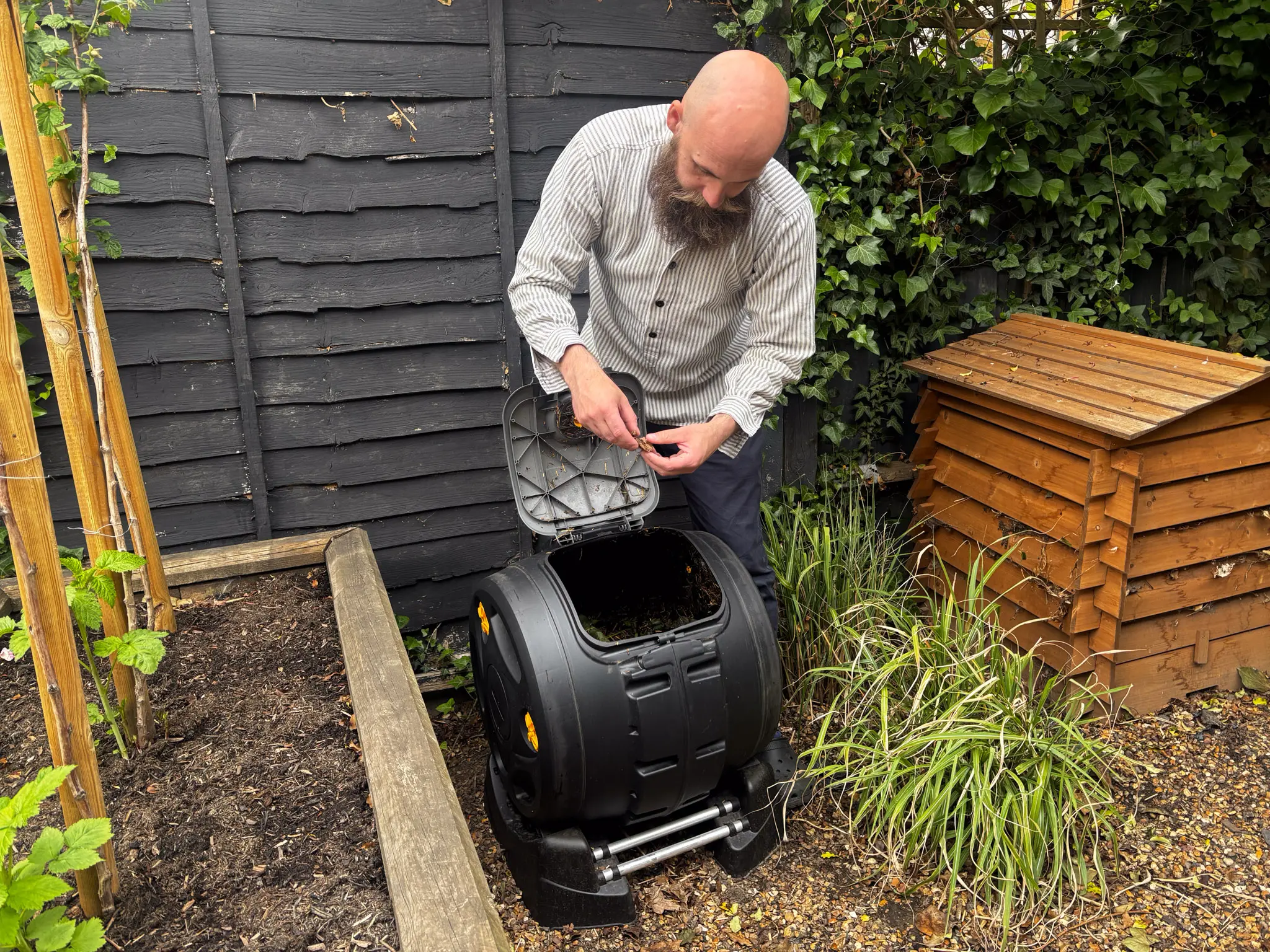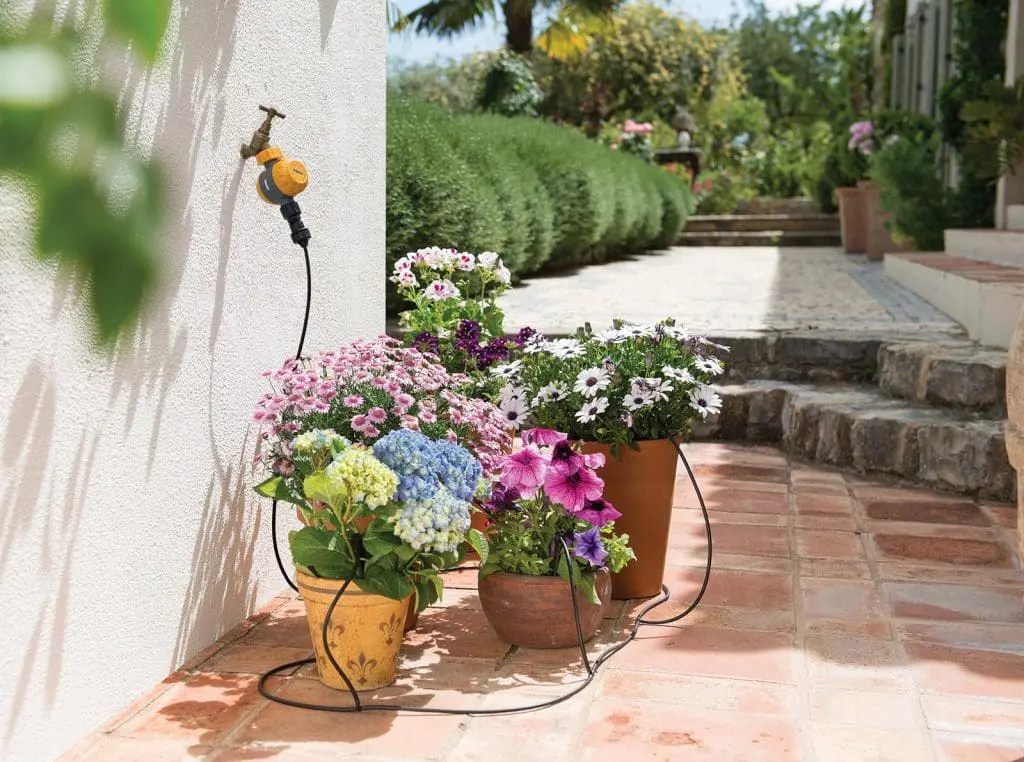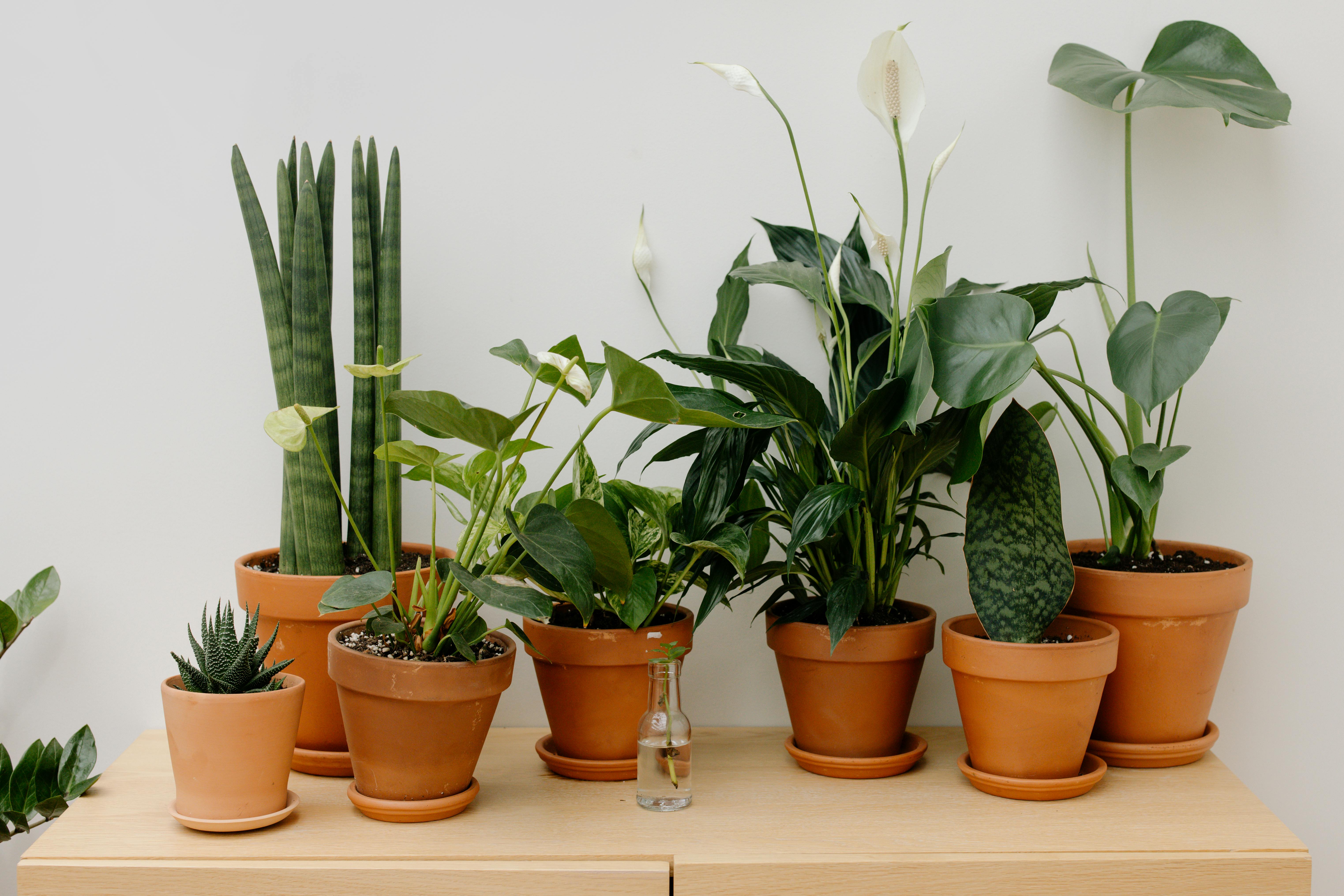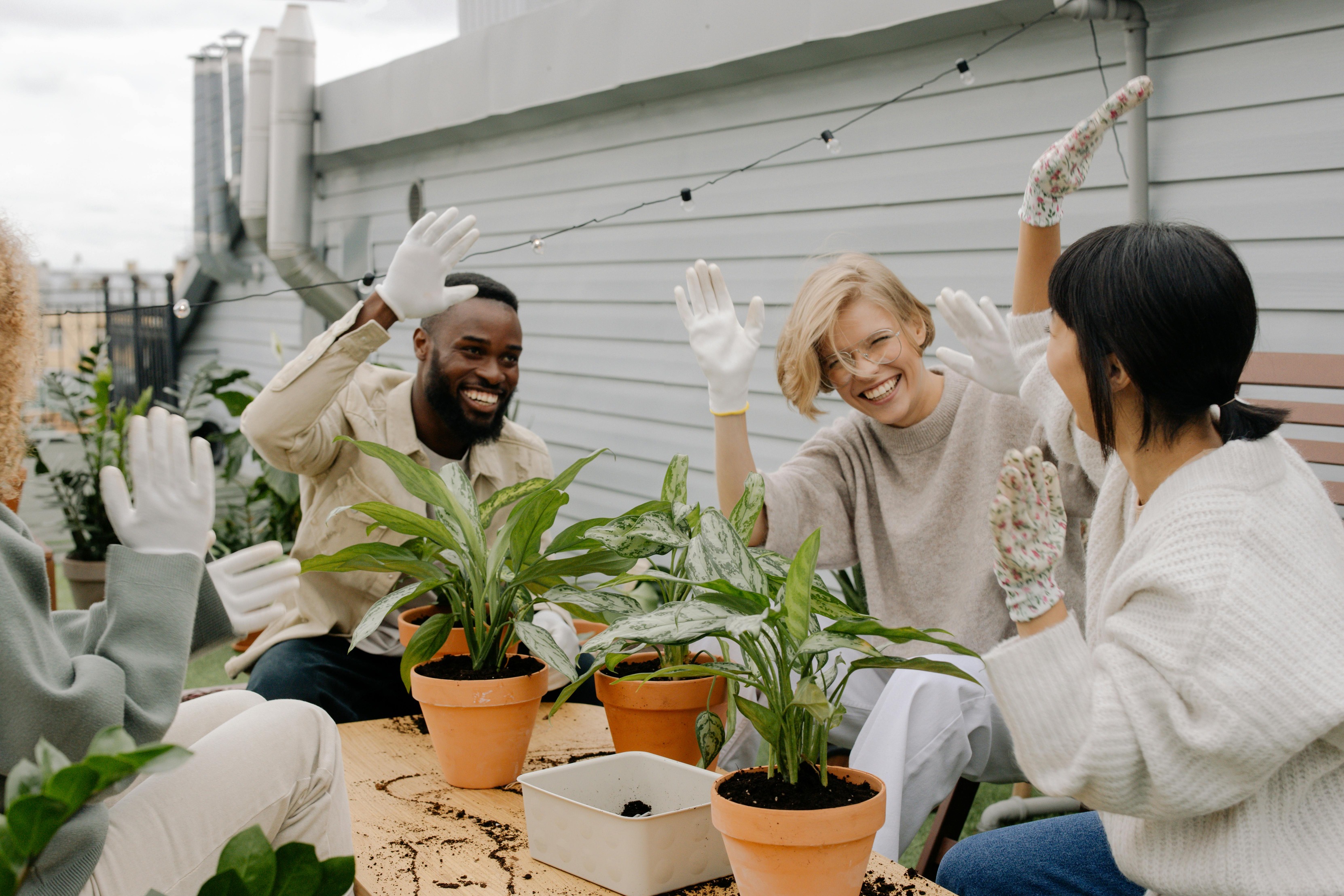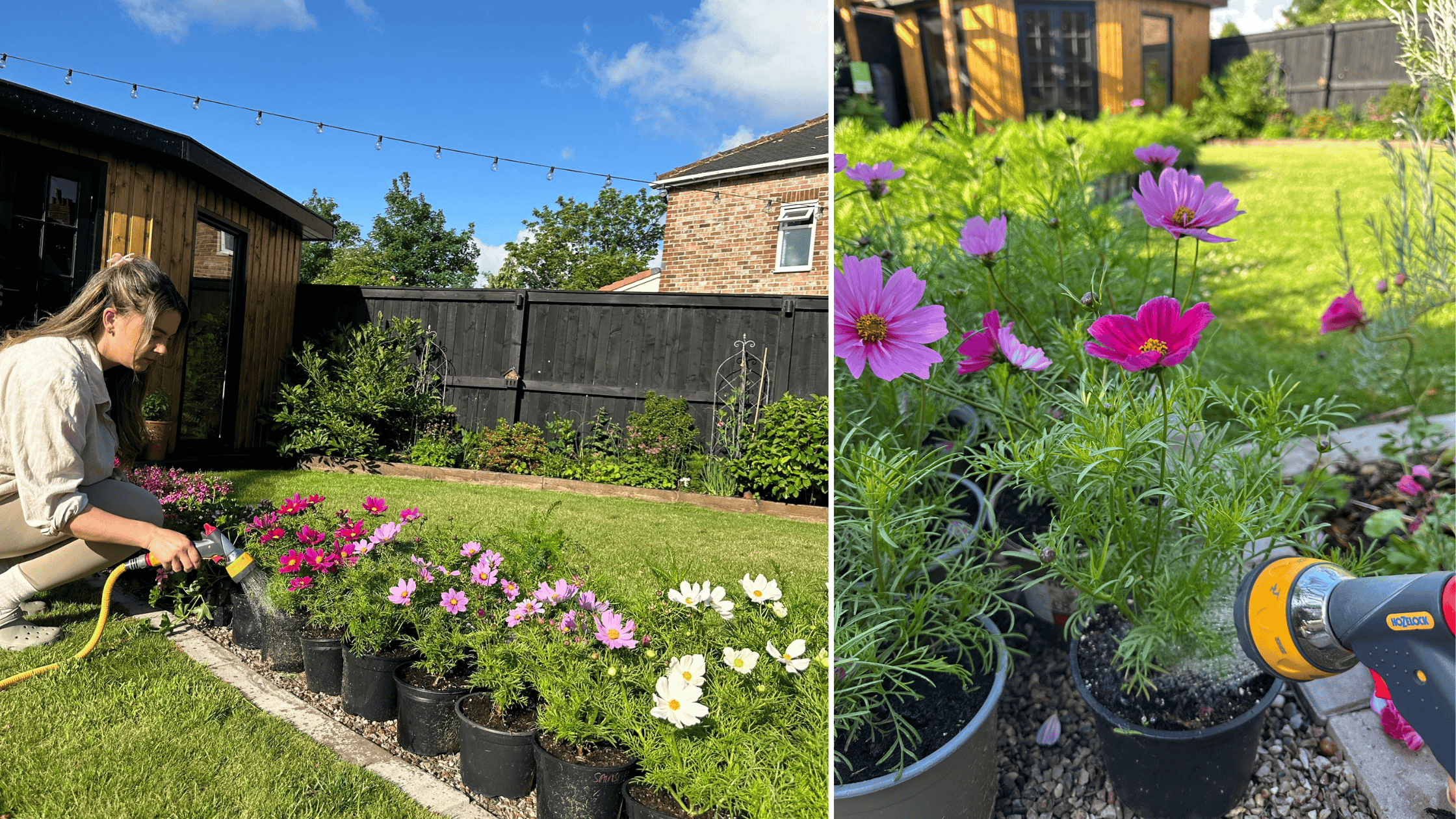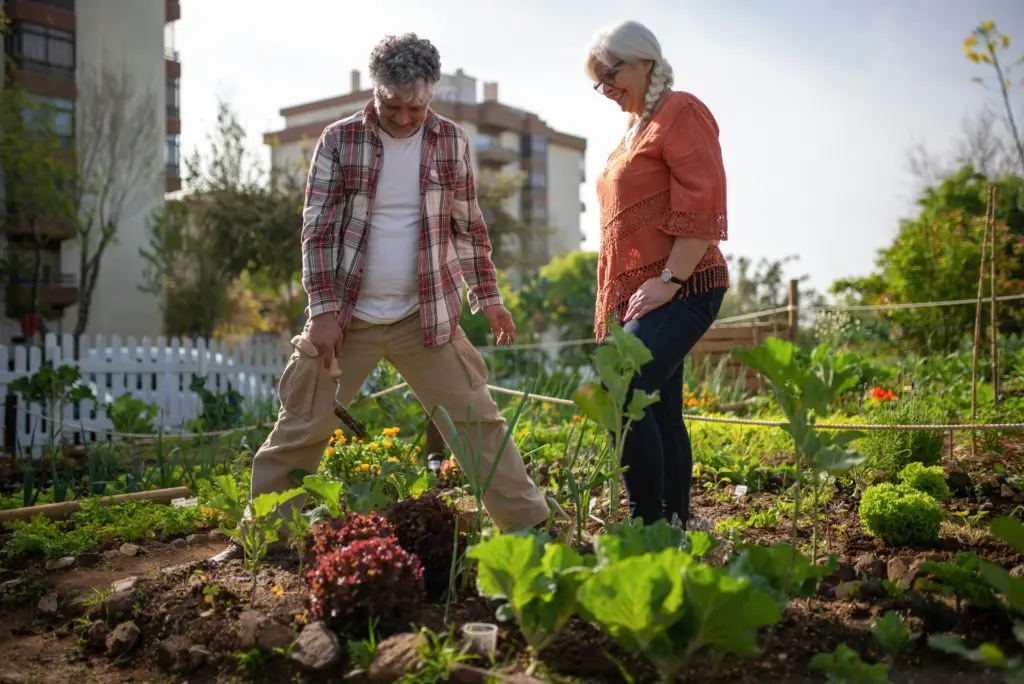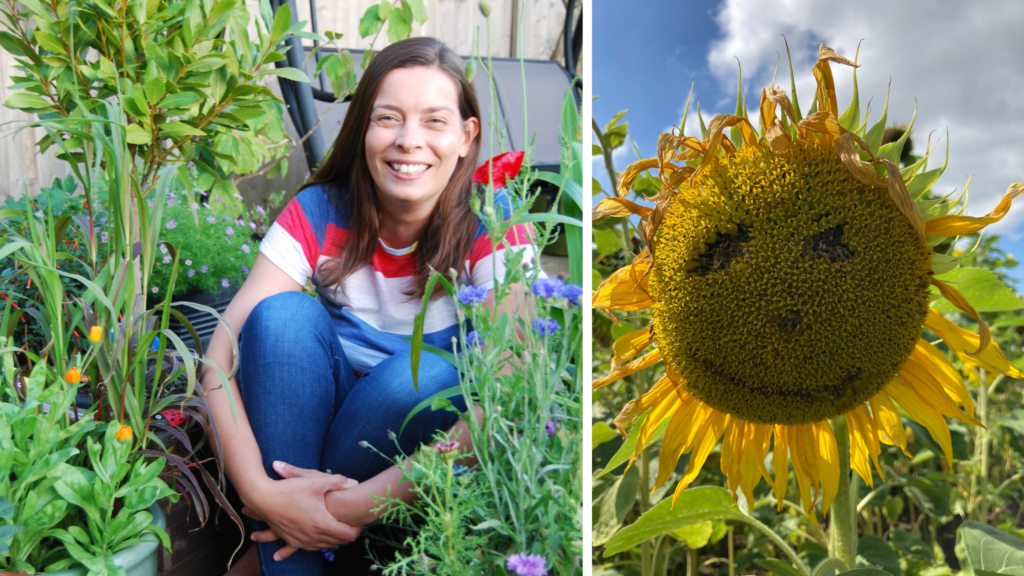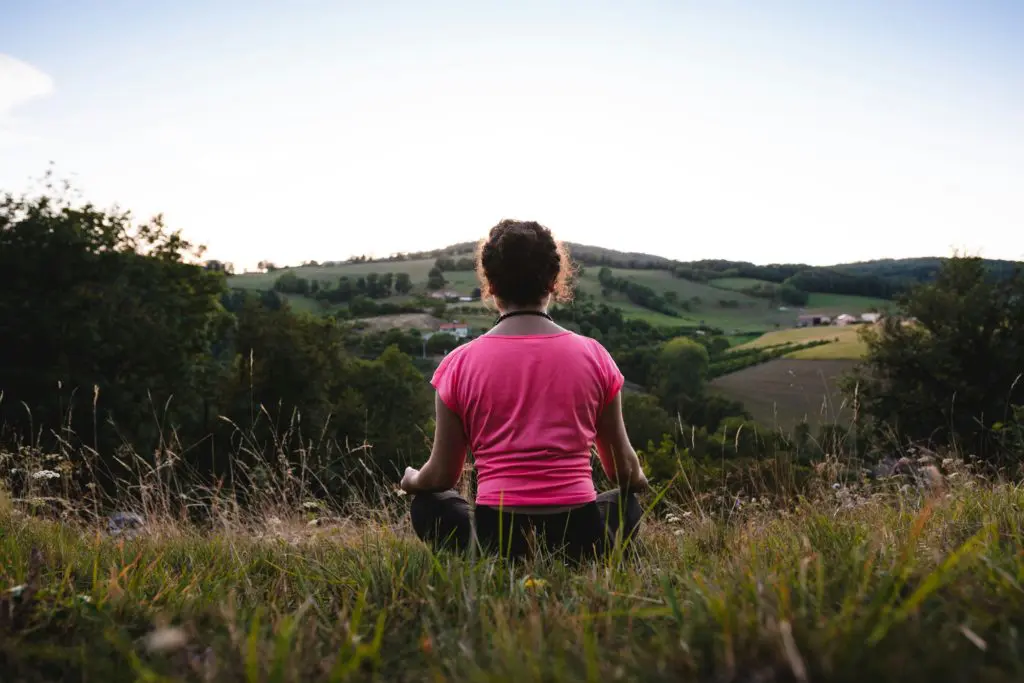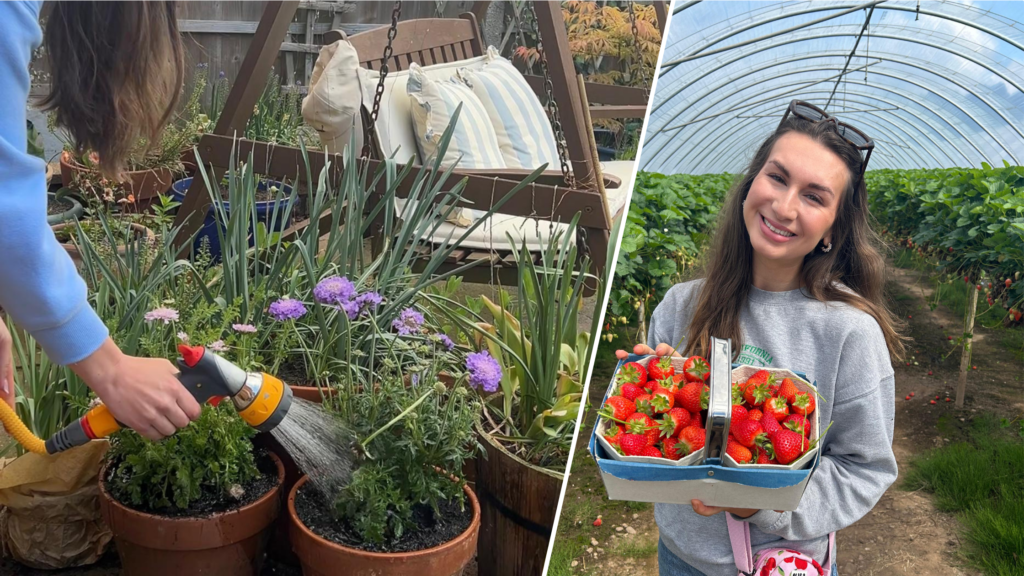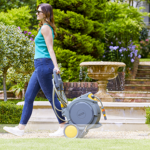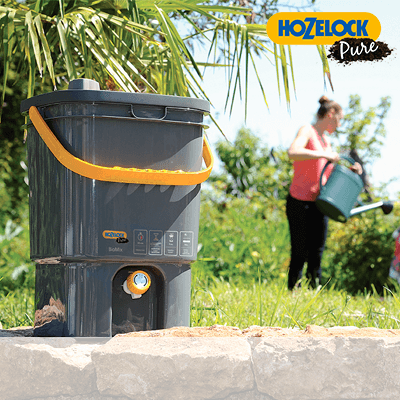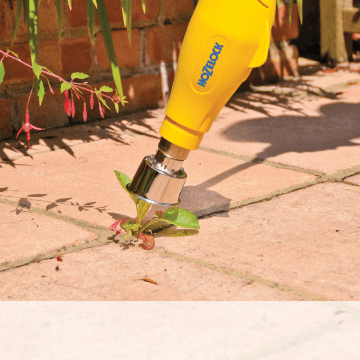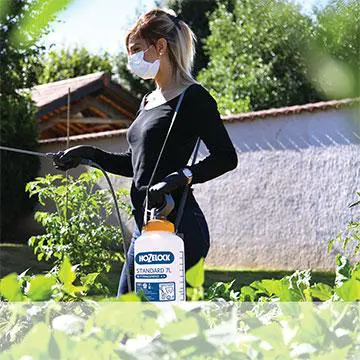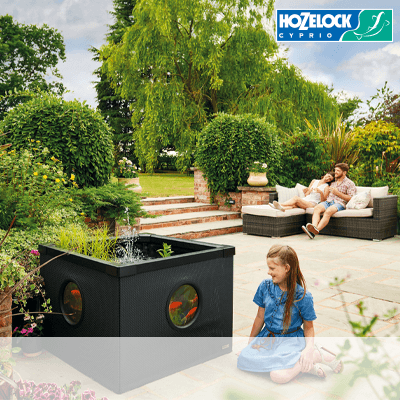In our fast-paced, digitally driven world, the garden can be one of the few places we truly switch off. Whether you have a sprawling green space, a courtyard patio, or a modest balcony, your outdoor area holds the potential to be much more than a place for plants—it can be a personal sanctuary for wellbeing.
This guide explores how to design and nurture a wellbeing garden that supports your mental health, boosts emotional resilience, and reconnects you with the rhythms of nature.
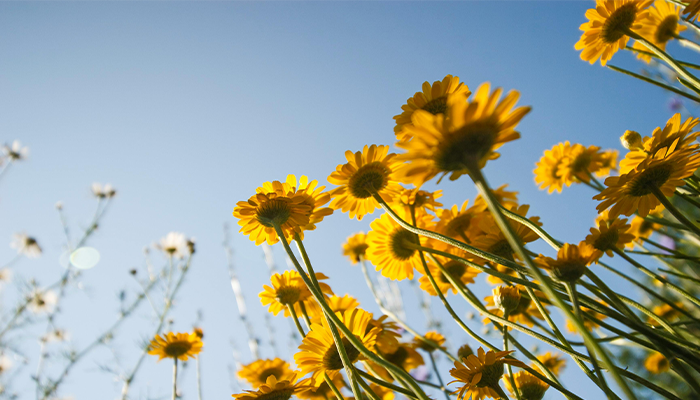
What Is a Wellbeing Garden?
A wellbeing garden (also called a sensory or therapeutic garden) is a space consciously designed to promote peace, relaxation, mindfulness, and connection with nature. It doesn’t need to be extravagant or expensive. It’s about creating a garden that makes you feel good, reduces stress, and encourages gentle physical activity, rest, and reflection.
Why Your Garden Matters for Mental Health
The link between nature and mental wellbeing is backed by science. Spending time outdoors has been shown to:
- Lower cortisol (stress hormone) levels.
- Improve mood and reduce symptoms of depression and anxiety.
- Encourage mindfulness and present-moment awareness.
- Increase self-esteem through nurturing plants.
- Boost vitamin D levels through natural sunlight exposure.
During the spring and summer months—especially around the school holidays—more of us are turning to our outdoor spaces for restoration. Whether you’re dealing with burnout, anxiety, chronic illness, grief, or everyday stress, a wellbeing garden offers a natural path to healing and self-care.
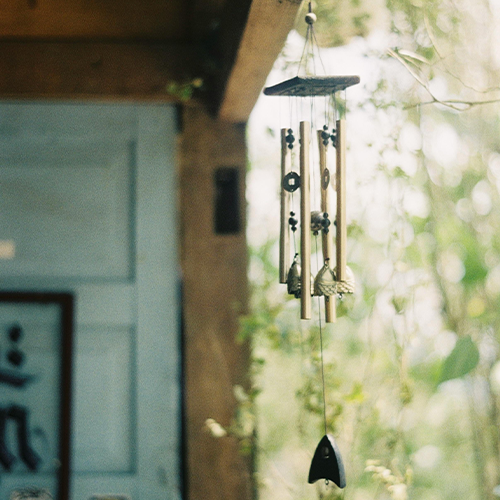
Start with Your Senses
A wellbeing garden should engage all five senses. Think about what soothes and uplifts you. Is it the scent of lavender? The sound of birdsong? The feel of cool grass under your feet?
Include elements such as:
- Sight: Colourful blooms, layered textures, calming colour schemes.
- Sound: Wind chimes, rustling leaves, water features, birds.
- Smell: Scented herbs and flowers like jasmine, rosemary, or thyme.
- Touch: Soft grasses, textured bark, sensory paths, moss.
- Taste: Edible plants, fruit trees, herbs for infusions.
By focusing on sensory richness, you make your garden more immersive and meditative.
Create Zones for Different Moods and Activities
Design your garden with different areas that support a range of emotions or needs:
- A seating area for calm reflection or reading.
- A wildlife corner to observe bees, birds, and butterflies.
- A quiet yoga/meditation space.
- A hands-on gardening zone for nurturing vegetables or herbs.
- A flower-rich area that encourages creativity and visual joy.
Each of these zones gives you a different way to engage with your garden depending on your mood or energy level.
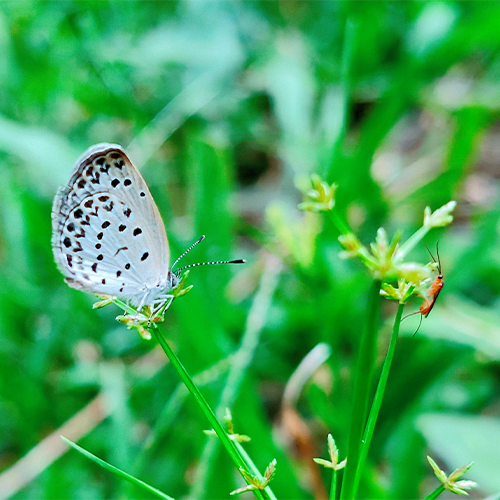
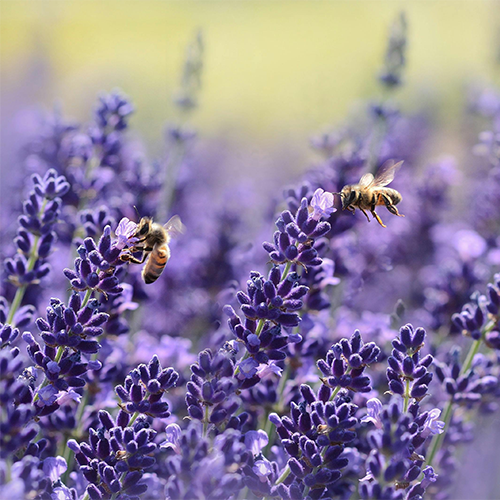
Choose Calming Plants That Support Your Mood
Not all plants are created equal when it comes to promoting wellbeing. Look for varieties that are easy to grow, visually soothing, or naturally calming through scent or association.
Top Plant Choices for a Wellbeing Garden:
- Lavender – Known for its calming aroma and low maintenance.
- Chamomile – Delicate flowers perfect for calming teas.
- Jasmine – Strong evening fragrance that reduces anxiety.
- Rosemary & Mint – Energising scents and edible too.
- Ferns & Hostas – Lush greenery for peaceful corners.
- Sunflowers or Calendula – Bright, cheerful flowers to boost mood.
- Grasses like Stipa tenuissima – Create movement and sound.
Opt for native or pollinator-friendly plants where possible to increase biodiversity and reduce your environmental footprint.
Incorporate Water Features
Water is one of the most therapeutic natural elements. A small water feature—whether it’s a birdbath, a bubbling fountain, or a small pond—adds a tranquil soundscape to your space and attracts wildlife.
Even a container water garden with a few aquatic plants can bring serenity.
Don’t know where to start? The Hozelock Cascade is designed to provide a variety of stunning fountain display options and equipped with essential accessories to enhance your water feature experience.
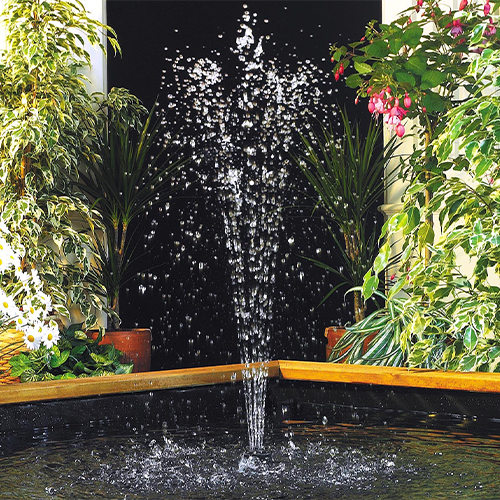

Embrace Wildlife for Joyful Encounters
Nature connection is central to wellbeing gardening. Encouraging bees, butterflies, hedgehogs, frogs, or birds into your space not only supports local ecosystems but creates a sense of belonging and purpose.
Ways to welcome wildlife:
- Install a bird feeder or bird bath.
- Add a bug hotel in a quiet, sheltered spot.
- Plant pollen-rich flowers like foxgloves, borage, or sedum.
- Leave a wild patch or log pile for insects and small mammals.
- Add a pond or shallow dish of water for amphibians and birds.
Use Natural, Sustainable Materials
To deepen the sense of calm and earth connection, choose materials that blend with nature and reduce environmental harm.
- Use wood, stone, gravel, or clay over plastic or metal.
- Add stepping stones or soft woodchip paths to guide movement.
- Use recycled pots, upcycled furniture, or vintage finds for character.
- Grow in raised beds or containers made from untreated wood.
Opt for peat-free compost and organic gardening methods to keep your garden as earth-friendly as possible.
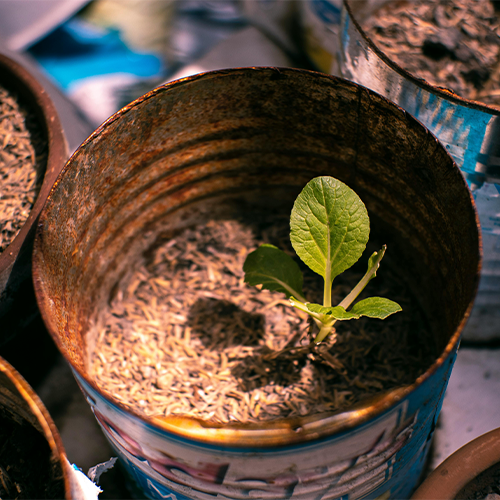
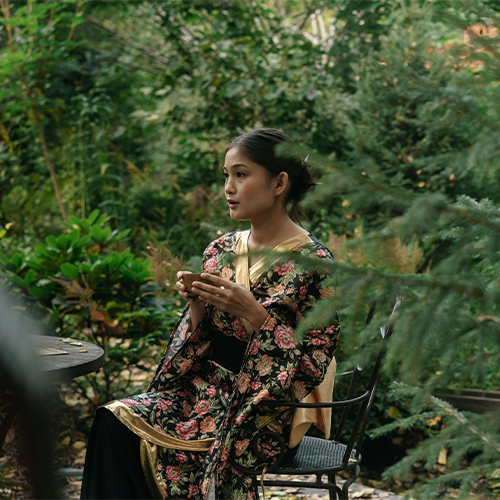
Design for Accessibility and Comfort
A wellbeing garden should be inclusive. Make sure it’s accessible and comfortable for people of all ages and abilities, especially if you’re gardening with limited mobility or a chronic illness.
- Use raised beds or container gardening to reduce bending.
- Add stable pathways with anti-slip textures.
- Provide shaded seating to rest in hot weather.
- Incorporate soft lighting for evening use (solar-powered is best).
A sturdy bench or reclining chair is a must—your garden should invite you to stay.
Grow Edible and Herbal Plants for Nourishment
Growing your own food can be incredibly empowering and therapeutic. Start with herbs or easy edibles that provide both nutrition and a sense of accomplishment.
Try:
- Lettuce, spinach, or rocket for instant salad gratification.
- Tomatoes or strawberries for sweet treats.
- Herbs like basil, thyme, and lemon balm for tea and seasoning.
- Courgettes or runner beans for easy veg wins.
Eating something you’ve grown yourself is an act of self-care.
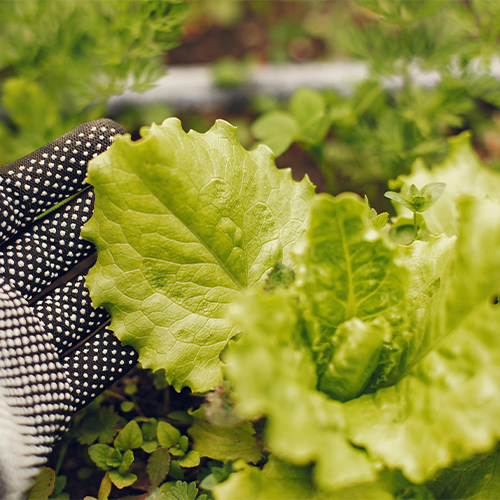
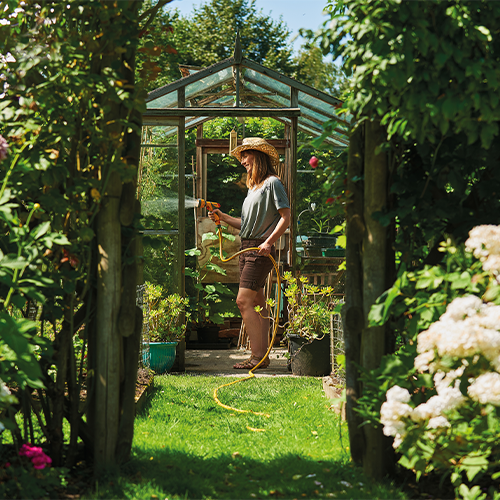
Watering for Mindfulness
Tending to your garden can become a daily mindfulness ritual. Watering plants is a gentle, sensory experience that encourages present-moment focus.
Use a watering can, Hozelock Spray Gun, or Soaker Hose to slow down and be intentional with every drop.
Tip: Install a Water Butt to collect rainwater and conserve resources—perfect for sustainable watering during dry spells.
Garden at Your Own Pace
Gardening doesn’t have to be physically demanding. In fact, it’s most beneficial when it’s slow and mindful.
Instead of trying to finish a job in one go, treat your time in the garden like meditation:
- Take regular breaks.
- Observe how your garden changes with the seasons.
- Celebrate small wins—like the first bloom or a new visitor.
- Allow for imperfection—gardens are living things.
Wellbeing gardening is about how it feels, not how it looks on Instagram.

Wellbeing Gardening for Different Needs
Gardening can support people at all stages of life or during difficult times. Consider adapting your space depending on your personal situation:
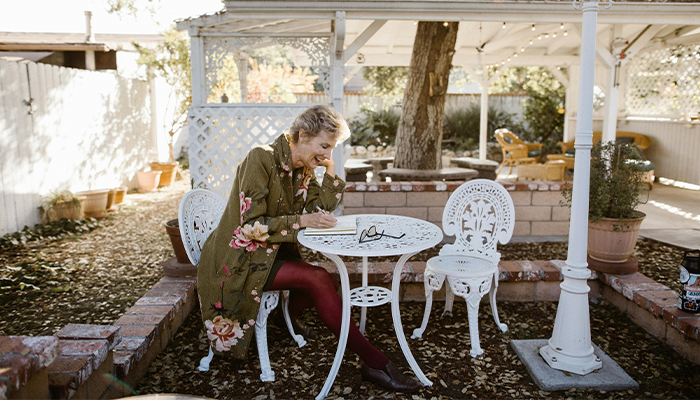
For Mental Health
- Add grounding scents like lavender, rosemary, or thyme.
- Create a journaling or meditation corner.
- Use repetition and symmetry for visual calm.
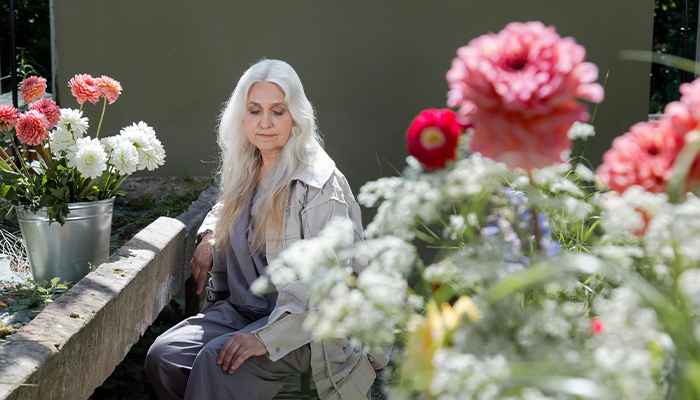
For Accessibility
- Raised beds, wide paths, and vertical planters.
- Ergonomic tools and lightweight watering systems.
- Benches with arms and back support.
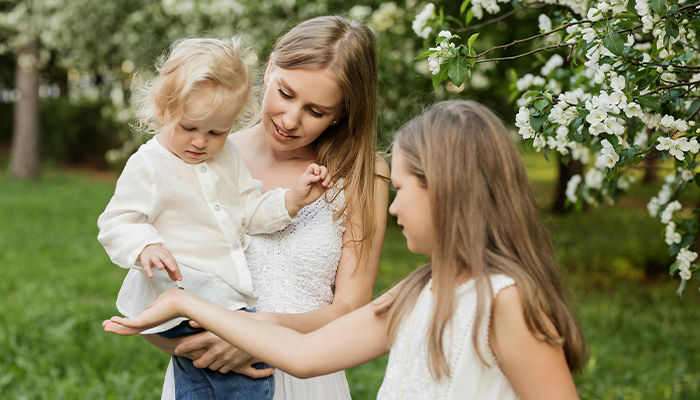
For Families
- Create sensory play areas.
- Involve children in planting edible crops.
- Use chalkboard planters or bug scavenger hunts.
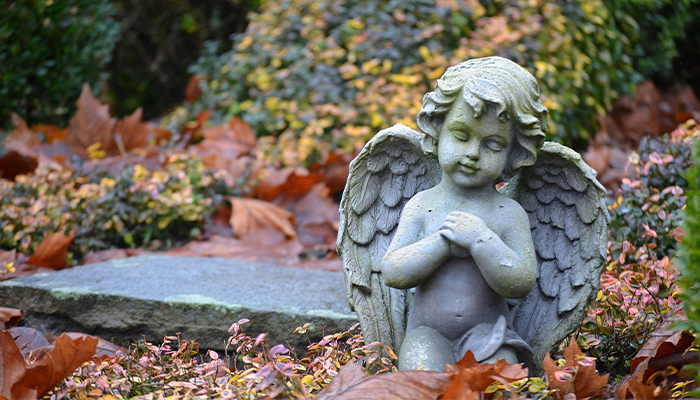
For Grief and Healing
- Dedicate a quiet memorial corner with meaningful plants.
- Add a sculpture, candle, or stone to honour loved ones.
- Use scented plants for memory and comfort.
A wellbeing garden isn’t about perfection. It’s about creating a space that allows you to breathe, heal, grow, and feel. It’s a deeply personal journey that reflects your needs, your pace, and your joy.
Whether you’re planting sunflowers for happiness, mint for clarity, or simply sitting in stillness under a tree, remember: the garden is there for you—and you deserve to thrive in it.



